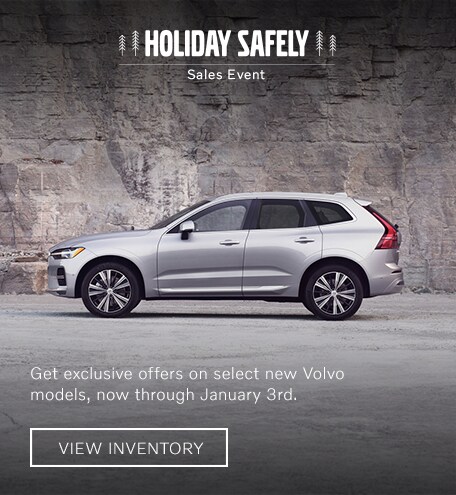

Then in 1965, the Ghent, Belgium plant was opened, which is the company's second largest production site. In 1964, Volvo opened its Torslanda plant in Sweden, which currently is one of its largest production sites (chiefly large cars and SUVs). In 1963, Volvo opened the Volvo Halifax Assembly plant, the first assembly plant in the company's history outside of Sweden, in Halifax, Nova Scotia, Canada. North America has consistently provided Volvo with their main outlet since. Later, Texas was added, and in 1956, Volvo themselves began importing cars to the US. The first Volvos arrived in the United States in 1955, after hardware wholesaler Leo Hirsh began distributing cars in California. It was the smallest Volvo yet and was to take the lion's share of Volvo production, as well as spearheading their move into the profitable American market. Presented in 1944 the Volvo PV444 passenger car only entered production in 1947.
#VOLVO SHARE ON SALE IN US REGISTRATION#
In the registration application for Volvo logotype in 1927, they simply made a copy of the entire radiator for ÖV4, viewed from the front. After this the young company produced closed top and cabriolet vehicles, which were designed to hold strong in the Swedish climate and terrain. The first Volvo car left the assembly line on 14 April 1927, and was called Volvo ÖV 4. Some pre-series of Volvo-bearings stamped with the brand name 'Volvo' were manufactured but never released to the market, and it was not until 1927 that the trademark was used again, now as a trademark and company name for an automobile. The SKF trademark as it looks today was used instead for all the SKF-products.
#VOLVO SHARE ON SALE IN US SERIES#
The trademark Volvo (which is Latin for 'I roll') was first registered by SKF on with the intention to use it for a special series of ball bearing for the American market but it was never used for this purpose (however in the application for the trademark, it was also designated for the purpose of automobiles). In December 2021, it was revealed the battery R&D center would be located in Gothenburg. In June 2021, Volvo Cars and Swedish battery developer and manufacturer Northvolt announced the intention to establish a 50/50 joint venture consisting of a battery gigafactory and research and development (R&D) center. In March 2021, Volvo Cars announced that it would be a fully electric brand by 2030. Volvo Cars and AB Volvo both share the Volvo logo, and cooperate in running the Volvo Museum. Volvo Cars was publicly listed on the Stockholm stock exchange in 2021. In 2010, Ford sold loss-making Volvo Cars to Geely. Volvo Cars has been separate from its former parent conglomerate and producer of heavy trucks, buses, and construction equipment (among others) AB Volvo since 1999 when AB Volvo sold its automobile division Volvo Cars to Ford Motor Company. The company's main marketing arguments are safety and its Swedish heritage and design.

The company manufactures SUVs, station wagons, and sedans. Volvo Cars ( Swedish: Volvo personvagnar stylized as VOLVO) is a Swedish multinational manufacturer of luxury vehicles headquartered in Torslanda, Gothenburg.


 0 kommentar(er)
0 kommentar(er)
